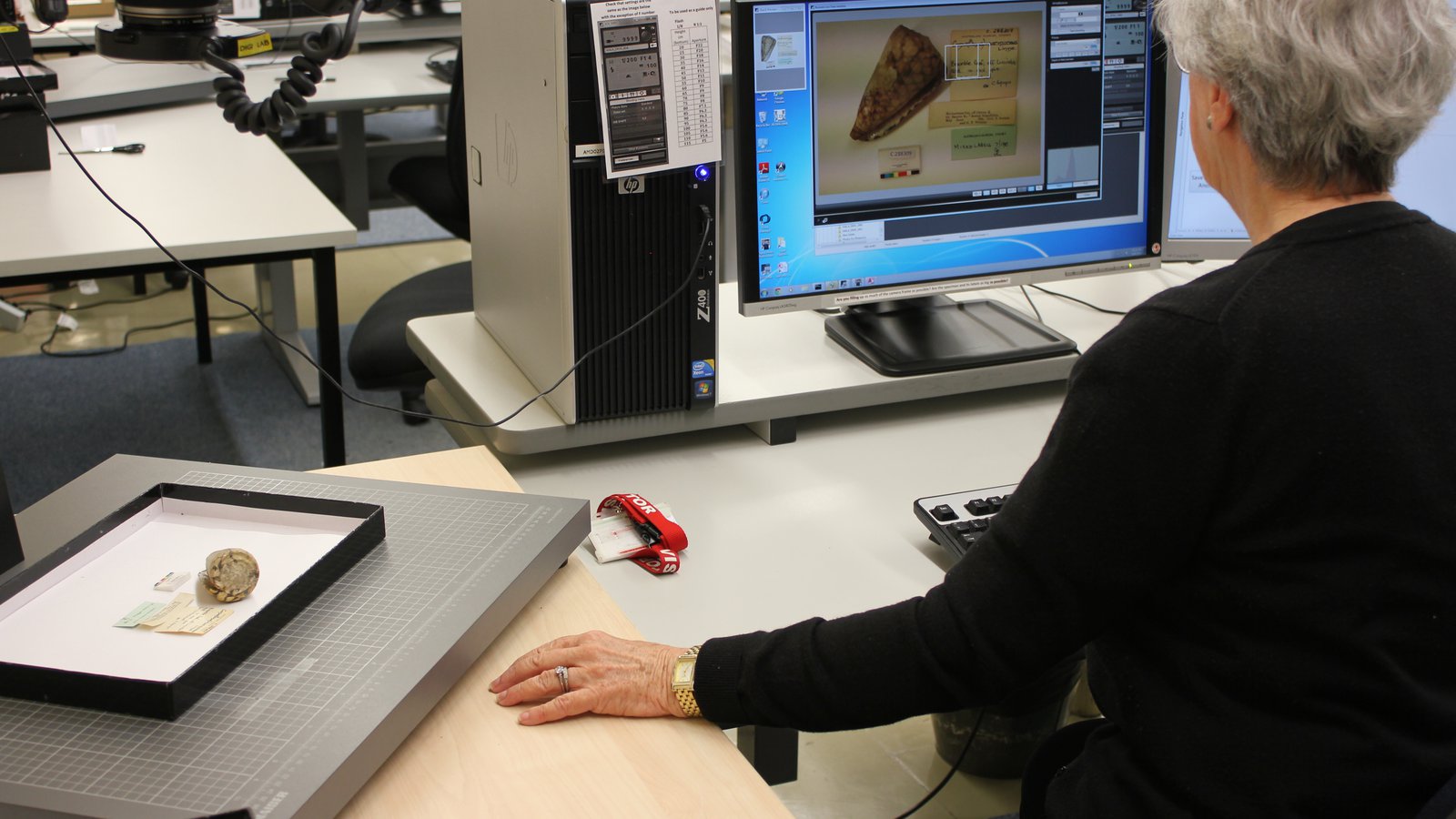Celebrating a decade of DigiVol!
DigiVol, the World’s first citizen science website for digitising museum collections, turns 10! Today we celebrate our volunteers, staff and all the brilliant collections that make this project so unique.
DigiVol is celebrating it’s 10-year birthday today – the highly acclaimed program continues to be a pioneer in the field of digitisation, as a platform responsible for digitising not only the Australian Museum collections, but collections around the world. Established in 2011 in collaboration with Atlas of Living Australia, DigiVol is a ground-breaking digitisation project, powered by citizen scientists. DigiVol consists of two components, a lab at the AM for volunteers to photograph collection specimens and objects, and a website (powered by the ALA) where volunteers transcribe information.

© Australian Museum
You may ask – why do we digitise? For decades, there has been a demand for improved access to museum collections, both by government branches and community. Not only does digitisation future proof museum collections, and provide equitable access to researchers, students and the general public but there are other drivers. Invaluable information is stored within labels and archival records, which historically have only been accessible during site visits. This newly accessible information continues to have real-world applications such as, understanding environmental change and contributing to conservation planning and management, and biodiversity assessment.
Central to the success of DigiVol are our volunteers. Volunteering at DigiVol is offered both onsite and online. Even though many of our volunteers could not be on site to digitise our collections during COVID-19 restrictions, this certainly didn’t stop their efforts. In fact during the 2020 lockdown period, the DigiVol website catapulted to a whole new level of activity with 2 million transcriptions completed in just six months.

Part of the DigiVol project is transcribing labels from natural science specimens.
Image: unknown© Australian museum
So, whether you are transcribing labels from natural science specimens, delving into historical documents, identifying species in camera trap images, DigiVol’s ‘virtual expeditions’ have something for everyone! And at 10 years young, there is much more to come.

© Canva
Meagan Warwick, AMRI Project and Communications Officer.
Paul Flemons, Manager Digital Collections and Citizen Science, AMRI.
Adam Woods, Digivol Online Coordinator, AMRI.
Leonie Prater, DigiVol Lab Coordinator, AMRI.





